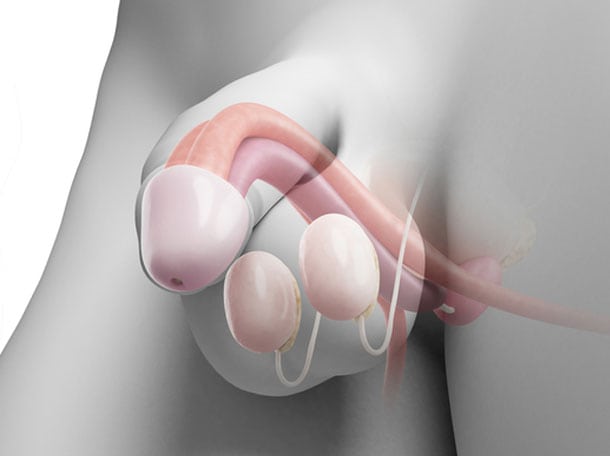
Penile cancer is a rare form of cancer that most often begins in the glans (head) or foreskin, with the majority being squamous cell carcinomas. Though it affects only about 1 in 100,000 men in developed countries, early detection is critical.
Key risk factors include HPV infection, poor hygiene, phimosis, smoking, and chronic inflammation. Symptoms may include a persistent sore, lump, skin changes, foul odor, or swollen groin lymph nodes.
Diagnosis involves physical exams, biopsies, and imaging to assess spread. Treatment varies by stage and can include local excision, circumcision, or more extensive surgery like partial or total penectomy. Advanced cases may require radiation or chemotherapy.
These tools help us determine the severity of BPH and the best treatment path.
Whether you’re seeking expert care for a urological condition or looking for a second opinion, we’re here to support you every step of the way. Reach out to schedule an appointment, ask questions, or learn more about personalized, minimally invasive treatment options tailored to your needs.